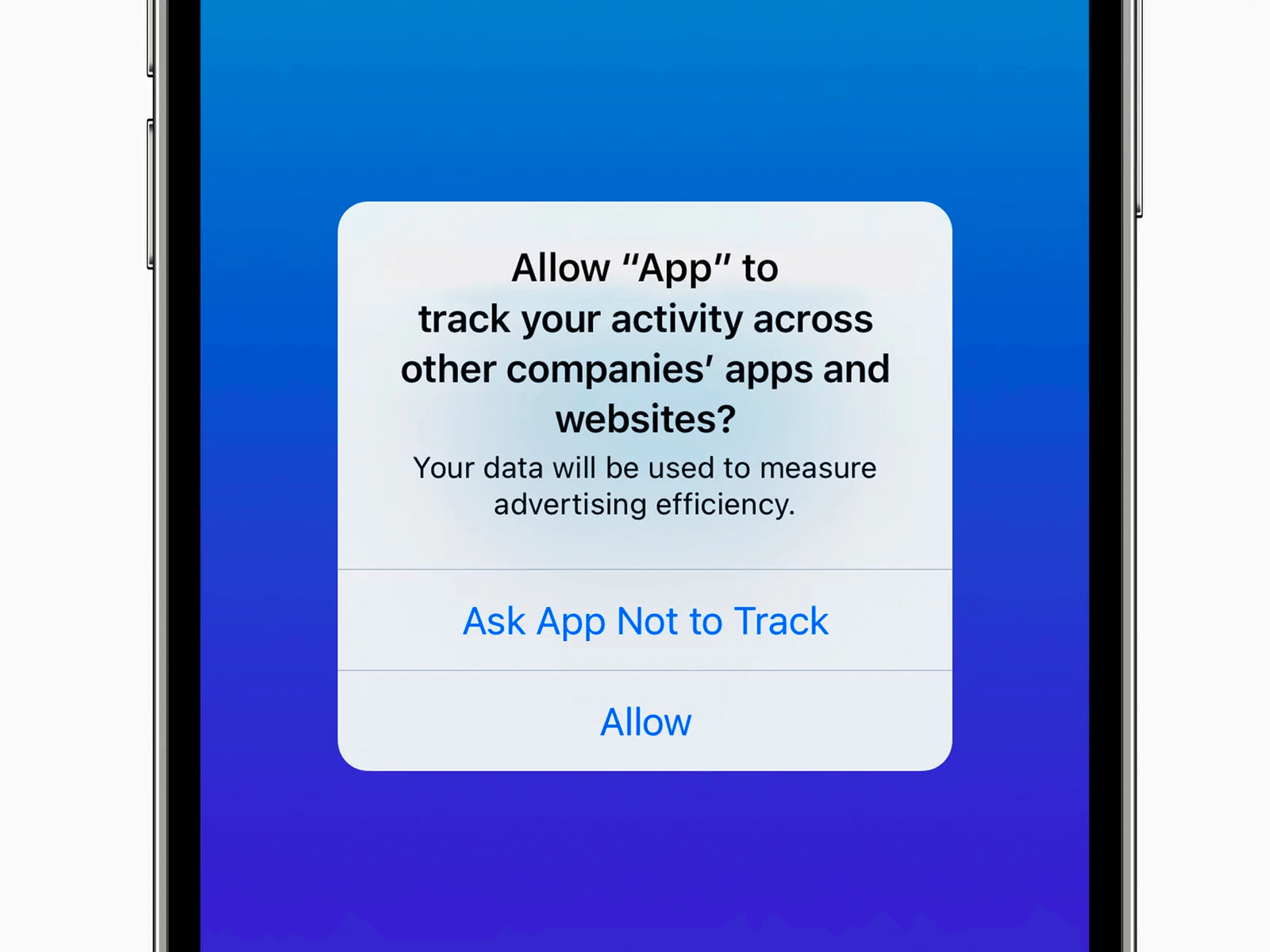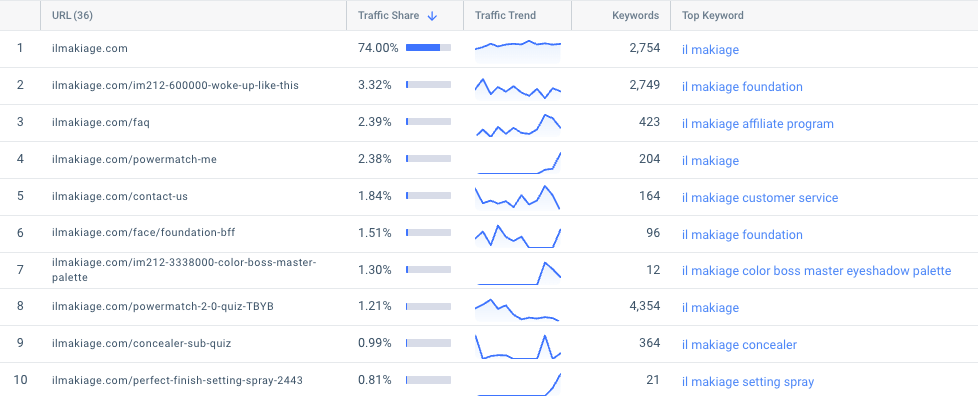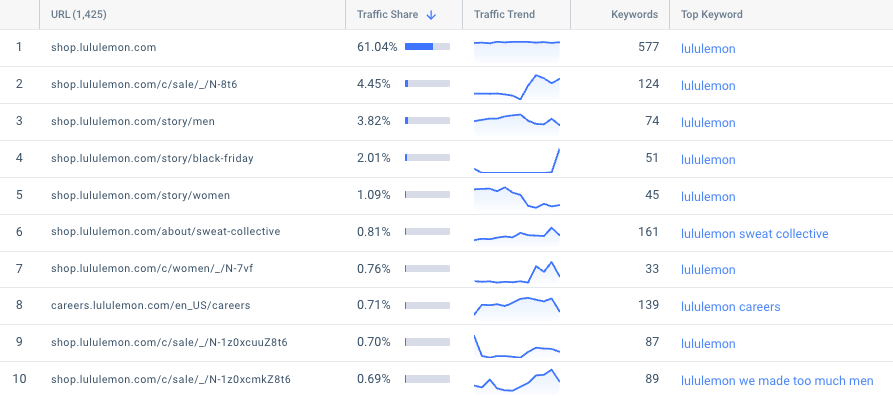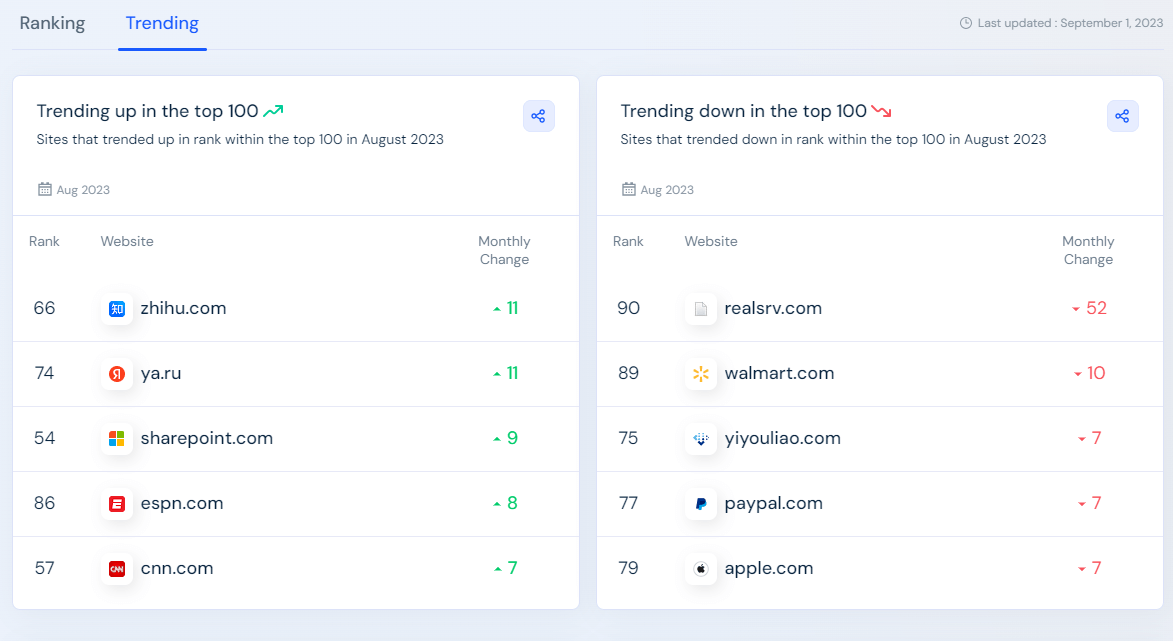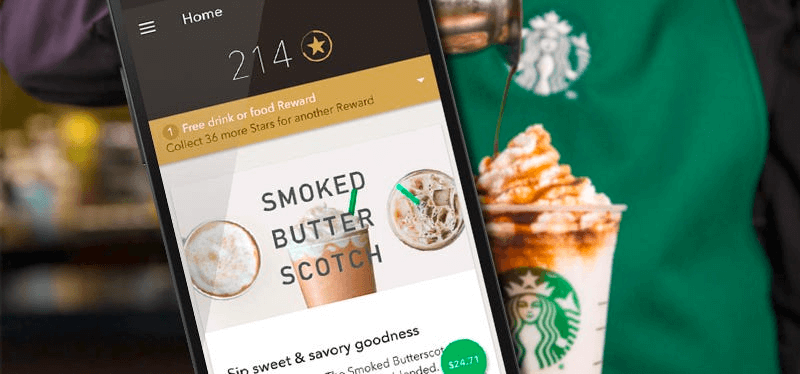Privacy-First SEO: How to Navigate Search Algorithms in the Era of Data Protection

Data privacy has become a key concern for marketers across the globe. In fact, 68% of modern-day consumers now have fears about the privacy of their data online, meaning the stakes are higher than ever before for SEO strategists fighting to make their sites secure.
In the wake of the Cambridge Analytica scandal that exposed 87 million Facebook users to one of the globe’s largest data leaks, data privacy laws online have since skyrocketed.
Consumers are waving goodbye to third-party cookies in 2024 and steering clear of websites that don’t prioritize the safeguarding of personal information.
The question is, where does this leave marketers – in particular, SEO marketers who have always relied on first-party data for a more targeted approach?
Let’s dive into this privacy-driven shift for SEO, and how to optimize your site for success in this new era of data protection.
1) Prioritize transparency and user consent
One of the easiest ways to improve your privacy-focused SEO is to give your consumers the chance to consent to data sharing through cookies, tracking pixels and even online forms before harvesting any information.
In order to keep growing as an online brand, consumer trust is essential. If you are transparent with your users from the beginning, you’ll find yourself gaining more loyal leads who will be happy to share their personal information with the brand.
In order to maintain transparency, finding ways to obtain explicit consent on-site is crucial. This can be in the form of a consent pop-up or banner or even a more detailed online form that allows users to select certain parts of their personal information to share.
Clearly communicate how you plan to use your consumer and explain your data-harvesting process in simple terms and language for those of all abilities to understand.
A great example of data consent comes from tech giant Apple. After increasing their own privacy and protection strategy surrounding user data, their newest App Tracking Transparency feature allows users to give explicit permission before enabling the company to track their app usage and browsing history.
(Image Source: Apple)
Limor Barenholtz, Director of SEO at Similarweb sums this up: “The real issue here for SEOs doesn’t lie with cookies specifically, it lies with transparency, much like with GDPR, or the requirement to have a privacy page on your website. While these requirements are labelled as “UX”, these are considerations every SEO team should lead on.”
2) Personalize your marketing with first-party data
It’s now 2024 and it’s time to say ‘bye bye’ to third-party cookies. While third-party data has driven SEO personalization in the last few years, the next generation of marketing will surround brand-to-consumer relationships that are built on-page using first-party data.
“Marketers will have to pursue other methods for understanding their customers, like first-party or zero-party data collection. These methods will yield more targeted insights than any third-party data set could offer, but they will require more initiative on the part of marketers,” claim experts at MarketingTechNews.
The key here is to encourage consumers to willingly share their own data on-site for personalization purposes.
In fact, 91% of people want to purchase from brands that deliver a degree of personalization, so when asked, most consumers will consent to share their preferences for a more customizable shopping experience.
Some more personalized marketing ideas via first-party data?
- Ask for their birthday with the promise of a birthday discount
- Allow them to choose the topics or products they want to hear more about
- Use gamification marketing like interactive quizzes, loyalty rewards, and leaderboards
- Create valuable downloadable assets for your blog they can’t help but sign up for
- Track their website journey and send bespoke cart abandonment messages
But here’s the big question: What will work for your target audience and customer base?
Experimental marketing will help to test out what grabs your target audience’s attention, but you can hone in on specific tactics and save yourself time with keyword research and competitor research. Without those key pieces of analysis, you won’t know what your audience are searching for or engaging well with.
Use platforms like Similarweb to see what performs well for your competitors, as well as which keywords they’re winning on organic search. Say Il Makiage is a top competitor of yours, here are the top performing pages on organic search in the last 3 months:
Spot how well the make-up brand’s quiz pages do for core keywords like “il makiage” and “il makiage concealer”. It shows the power of personalization, which is particularly revolutionary for an online ecommerce business and shows a real shift in the make-up industry.
Competitor research allows you to dive deeper into what’s popular, what your content strategy should be focused around, and what to prioritize in your SEO efforts.
Above, you can see what grabs the attention of lululemon’s audience: discount campaigns and good deals. In the spotlight is the general sale, the Black Friday sale, and the brand’s well-known “We Made Too Much” section, showing how much this audience loves to bag a bargain and how important it is to optimize your Sale pages.
Another example is Mrs Book. In order to get their users to share their personal data for future updates, newsletters and targeting purposes, the wedding company offers users downloadable insights and exclusive guides in exchange for signing up.
(Image Source: The Mrs Book)
Let your competitive analysis and keyword research inspire your strategy, and win you more visibility and conversions.
3) Polish your on-page SEO
Without third-party cookies to rely on, your on-page efforts must be polished if you want to enhance consumer trust when incentivizing targets to share data.
Optimizing your site’s meta tags, content, heading tags and keywords will naturally improve your brand’s search visibility and viability.
Build trust in your website by creating high-quality SEO-powered content. A top tip? In order to perform well in an organic search, make sure that you’re covering the E-E-A-T principles, experience, expertise, authoritativeness, and trustworthiness.
You should also take a close look at your competitors. Using Similarweb’s real-time list of top trending websites and top-performing websites, you can gain a closer insight into the competitors dominating your market.
See how they approach the E-E-A-T strategy, and find ways to incorporate their strategies into your own site content. Better still, Similarweb also offers customers the chance to analyze their own website, for a chance to monitor their own success as they climb the SERPS.
In the case of adhering to new privacy laws as an SEO strategist, trustworthiness will be your top priority.
“One way to increase your trustworthiness is by highlighting the credentials of your content creators and the website. Think awards, testimonials, endorsements, and other trust factors,” says Alex Valencia, Co-Owner of We Do Web Content. “People have to feel they can trust all the information they find on your website.”
4) Localize your strategy
Localization is another ticket to success in an era of data protection. Not only are online consumers twice as likely to connect with local brands, they are also more likely to trust and share their data with them.
Research shows that consumers are continuing to think smaller when it comes to online shopping, with 56% of online shoppers revealing that they are more likely to share their data with local stores.
In response, SEO strategists must start optimizing their site content for local searches. This includes ranking for local keywords and updating your Google My Business listing.
If you’re new to local campaigning, it might also be time to reconnect with your basic SEO strategy and enhance your planning to target local consumers as well as the World Wide Web.
If you’re a brand that operates in a few destinations, localization of your SEO tactics could be a great way to target personalisation without harvesting consumer data.
(Image Source: Towards Data Science)
Take Starbucks, for example. On their app, they include featured drinks and offer exclusive to each destination store in order to personalize and localize the consumer experience.
5) Leverage a tech-focused future
As we step into a new era of data sharing, technological transformations across the marketing sector are making privacy-driven SEO much easier to engage with.
Marketers are constantly embracing new technologies that focus on anonymized insights as a pose to individual user tracking.
Using platforms such as Similarweb, a tool that harvests actionable digital data without gathering third-party consumer cookies, SEO experts can now monitor organic traffic, competitor engagement and conversion potential without compromising consumer privacy.
Moving forward, SEO strategists need to remain ahead of the curve. There are plenty of ways to gain consent for data sharing, but for those who are still struggling in the wake of the third-party farewell, simply promoting trustworthiness within your content strategy could boost your SEO success.
The power of real-user data
That’s right, third-party cookies might be out, but real-user data will always be in. Real-user data can give you the information you need to get the first-party data you want to win on search, and win more business.
With in-depth keyword research and competitor analysis, you can get the right data to easily understand what your target audiences are searching for, what they’re engaging with so you can:
- Be open and transparent in the best way possible for your business
- Personalize your marketing to each member of your target audience
- Create the right incentives for your ideal customers
- Perfect your on-page SEO for that visibility boost on search engines
- Localize your strategy to make you stand out from the crowd
… all to encourage user consent, and loyalty to your brand. Hello relevant keywords, hello more conversions, and hello higher ROI.
Similarweb is an all-in-one platform with all the tools necessary to perform thorough keyword research and competitive analysis, thanks to its fresher-than-fresh data.
The best bit? You can try Similarweb for free today.
The #1 keyword research tool
Give it a try or talk to our marketing team — don’t worry, it’s free!
